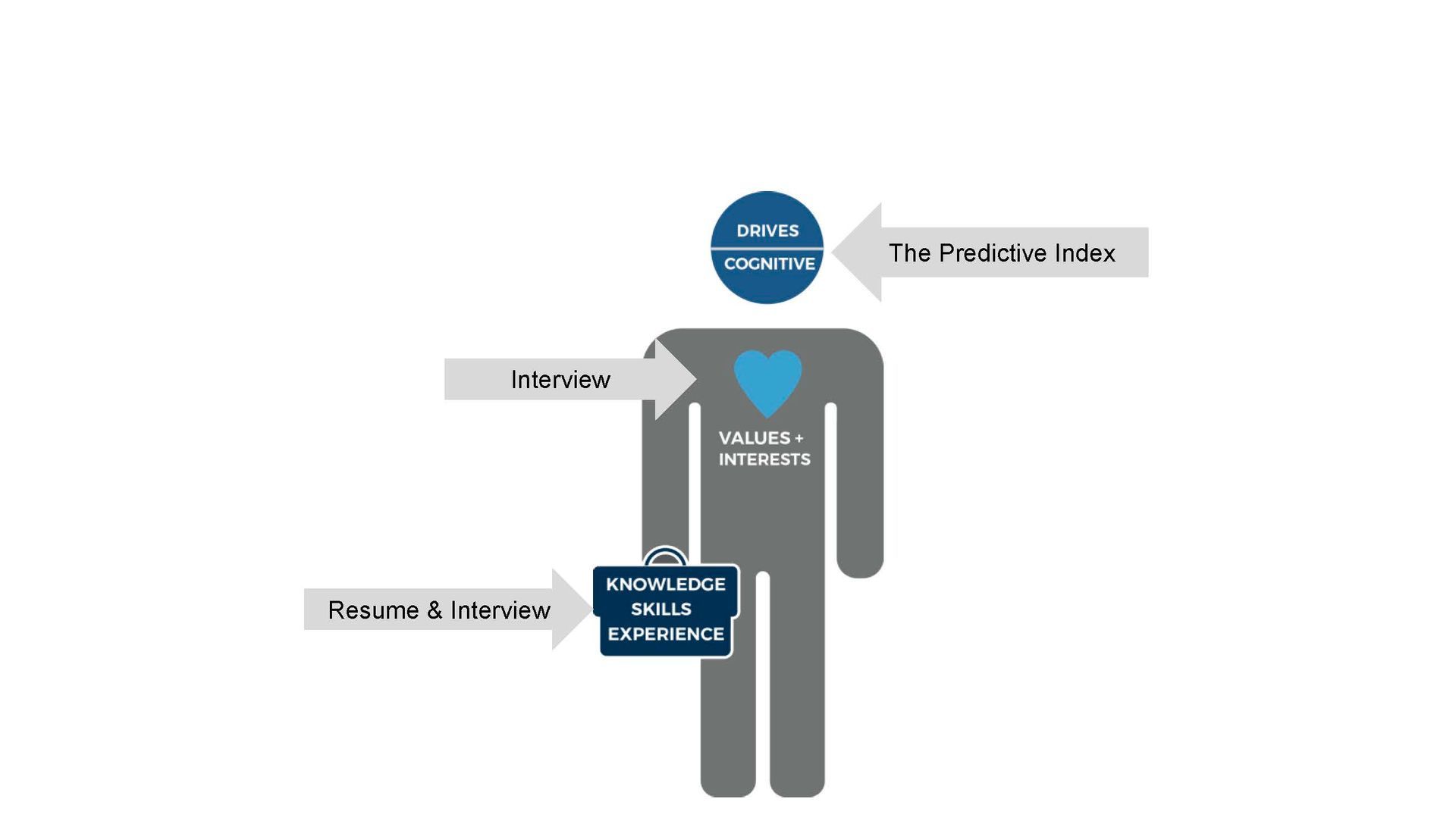Is Your Handbook Helping or Hurting?

Why Your Employee Handbook Might Be Doing More Harm Than Good
Employee handbooks are meant to protect businesses and align teams—but in many organizations, they’re doing the opposite. What should be a helpful guide for culture, conduct, and compliance often turns into a bloated, confusing, and fear-based document that undermines trust and flexibility.
At ProLogic HR, we believe HR should empower people—not box them in. So if your handbook feels more like a legal landmine than a people-first tool, it may be time to rethink your approach.
1. Handbooks Are Often Written for Lawyers, Not Humans
We get it—compliance matters. But if your employee handbook reads like a legal brief, most employees won’t absorb the information. Worse, they may feel like they’re already being set up to fail.
Clunky language, redundant policies, and walls of text signal that you don’t trust your people to use good judgment. And that erodes culture fast.
A better way: Speak plainly. Outline your expectations clearly and respectfully. Build policies that communicate trust—not control.
2. They Focus on Control Instead of Culture
Many handbooks are centered around what employees can’t do, rather than what they can. They emphasize punitive measures, restrictive procedures, and zero-tolerance policies over growth, support, and values.
When the first impression of your company culture is “don’t mess up,” that’s not a culture—it's a liability management system.
A better way: Lead with your values. Use the handbook to reinforce your why—what you believe in, how you support people, and how employees can thrive. Make it an invitation, not a warning.
3. Outdated Policies Can Undermine Inclusivity and Flexibility
Is your handbook stuck in 2010? Policies that assume everyone works 9–5 in an office, dresses business casual, and takes traditional PTO are out of touch with how modern teams operate.
Rigid dress codes, vague “professionalism” standards, and outdated leave policies (e.g. for maternity, mental health, or remote work) are not just old-fashioned—they can be exclusionary and disengaging.
A better way: Audit your handbook regularly. Update language to reflect inclusive, remote-friendly, and flexible work realities. Reflect the diversity of your team and the humanity of their needs.
4. One-Size-Fits-All Doesn’t Fit Anyone Well
Many handbooks use generic templates that don’t reflect a company’s size, industry, or culture. This makes them feel disconnected from how the business actually operates.
If your handbook could belong to any company, it won’t resonate with your employees—or support the real-world decisions they need to make.
A better way: Customize it. Use real-life scenarios, examples, and tone that reflect your team’s voice and your organization’s mission. Make it relevant and relatable.
5. They’re Often Ignored Until There’s a Problem
Most employees glance at the handbook during onboarding—and never touch it again. Why? Because it’s not useful day-to-day. It doesn’t answer real questions or provide practical guidance.
Then, when a problem does arise, the handbook becomes a tool of last resort—used more for discipline than direction.
A better way: Make the handbook part of a larger strategy of employee enablement. Integrate its principles into training, team rituals, and everyday conversations. Make it a living resource, not a static PDF.
Reimagining the Handbook with ProLogic HR
At ProLogic HR, we help forward-thinking organizations reimagine their handbooks as tools for trust, alignment, and empowerment—not just legal defense.
Whether you need a complete overhaul or a thoughtful refresh, we bring clarity, compliance, and humanity together in one modern, customized document. Your people deserve a handbook that reflects your real culture—and supports them in doing their best work.
Ready to build a handbook that helps, not harms? Let’s talk.











